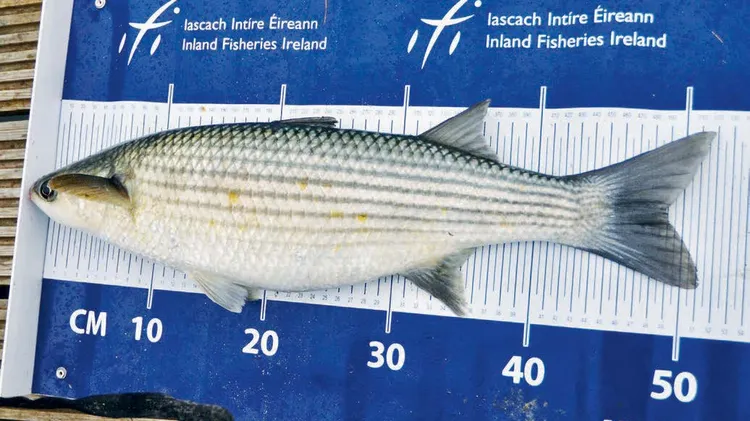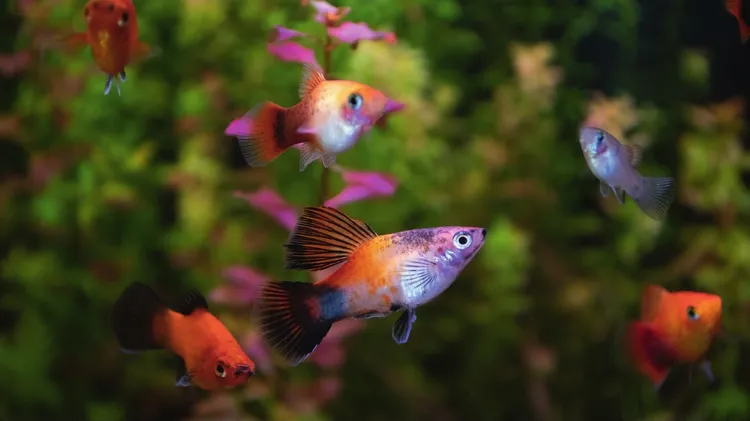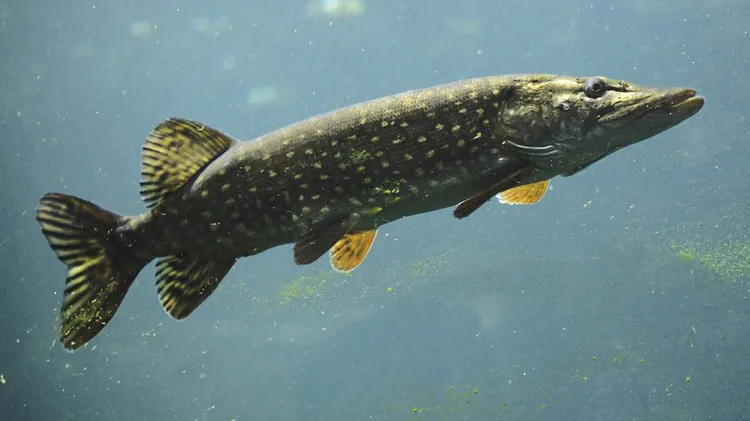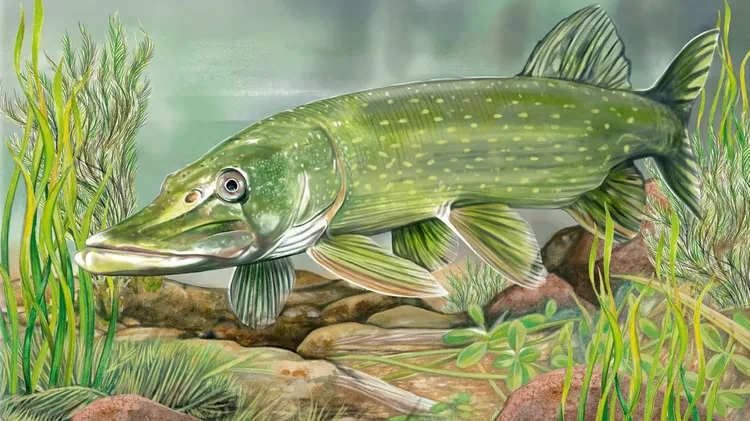Not all of us have considered keeping a loach before, but there are plenty of
More than clowns
7 min read
This article is from...
Read this article and 8000+ more magazines and newspapers on Readly






